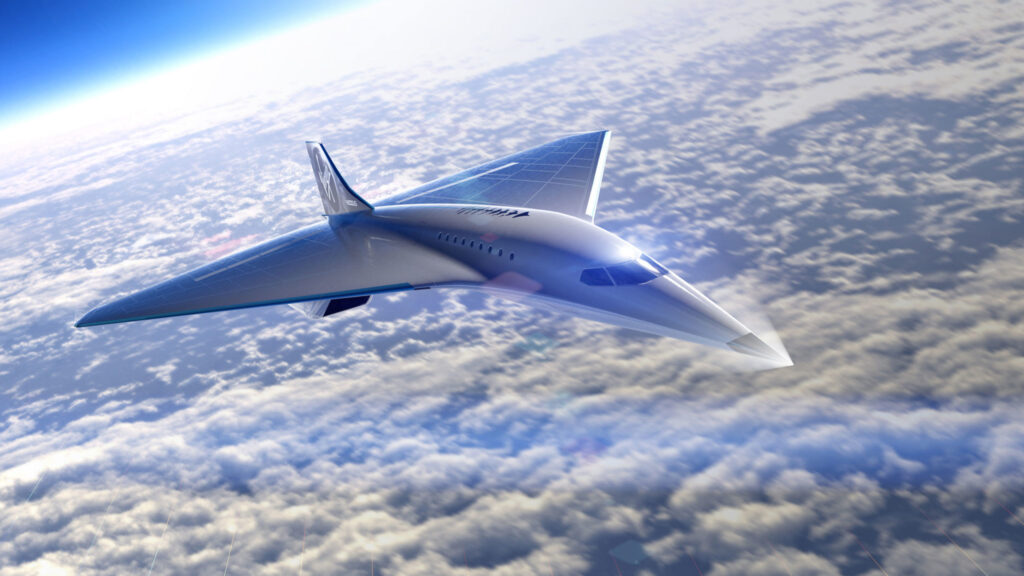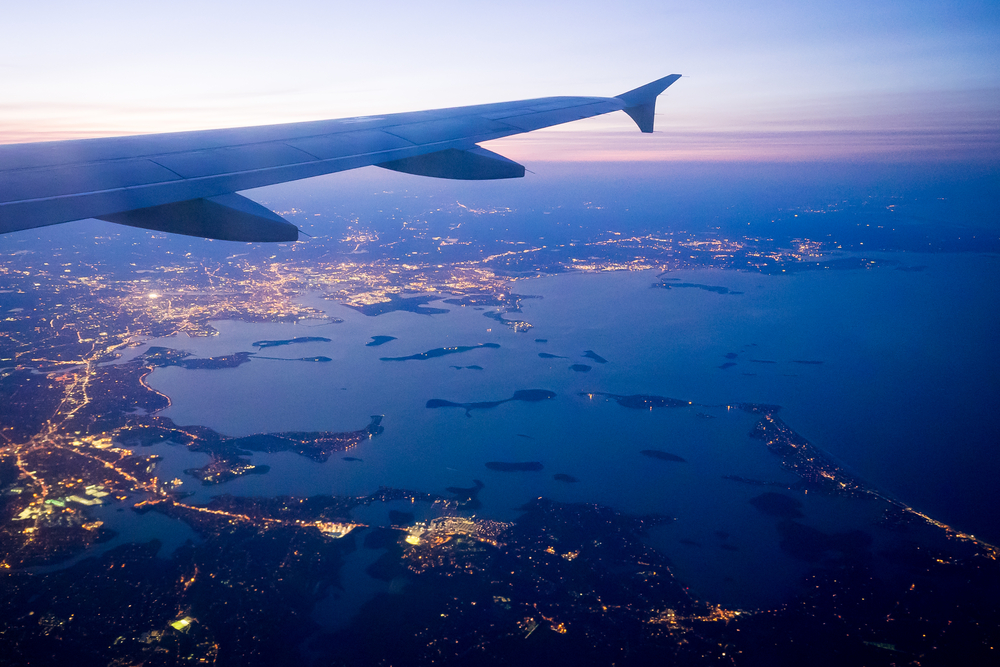There are lots of factors that affect the duration of a transatlantic flight. Taking off from a major hub like New York or Atlanta and arriving in London or Paris can take between six and eight hours. Weather can increase or expedite the time, as can the time of day and the activity of the jet stream. One thing’s for certain: you’re going to spend roughly the equivalent to a workday aloft, from takeoff to touchdown. It’s an accepted truth, but one that could be changing for the better very soon.
A new transatlantic bar
Earlier this year, a British Airways passenger flight flew into the history books. On its routine voyage from New York to London, the Boeing 747-436 settled in a fast-moving jet stream courtesy of Storm Ciara. Pushed along by the powerful gusts of wind, the Boeing reached peak speeds of 825 miles per hour, roughly 50 miles faster than the speed of sound and nearly 200 miles an hour faster than the average commercial flight across the Atlantic. The entire flight took just four hours and fifty-six minutes.
Experts on the subject hailed the flight as achieving a “phenomenal speed.” The Boeing’s peak speed is, indeed, impressive, but it’s nothing compared to what could be on the horizon.

Building on history
It wasn’t too long ago that clients were hopping between continents on the Concorde, a supersonic passenger plane that made the Transatlantic trip in three-and-a-half hours. Despite boasting breakneck speeds and the esteem of exclusive clientele, the Concorde wasn’t much more than fast.
Although former clients rave about the experience, they uniformly agree that the Concorde was cramped and noisy. Some proclaimed that, though there was a lavatory on board, it was too small to use. Beyond the Concorde’s famous cuisine, the only real amenity on the craft was a signed certificate of proof you flew on the vessel.
Prohibitively high maintenance costs combined with increasing concerns over the craft’s environmental impact led to the Concorde’s 2003 retirement. The demise of the Concorde has done little to dampen inventors’ enthusiasm for supersonic flight. A new age is dawning, one where flight speed records are in jeopardy of being smashed.

Virgin galactic has entered the chat
In August, Virgin Galactic entered the supersonic jet race. The company’s proposal would seat just 19 people (as opposed to the Concorde’s 100) and travel at more than 60,000 feet. The goal would be to make a transatlantic jump in just 90 minutes. Reps from Virgin Galactic underscored that their supersonic jet would not produce the same pollution that made the Concorde infamous. In fact, the thing Virgin Galactic’s Chief Space Officer seemed proudest of was the notion that the supersonic jet would run on sustainable aviation fuel.
Virgin Galactic isn’t the only company chasing an environmentally friendly supersonic jet. Aerion’s AS2 will rival the Concorde’s speed, cruising at Mach 1.4. The AS2, however, will kick up the exclusivity. It only seats 10.
Those creature comforts aside, the most astonishing claim made by Aerion is its boast that the AS2 will be carbon-neutral from day one. Said Aerion CEO Tom Vice, “We don’t believe that speed and protection of our environment need to be mutually exclusive.”
Paving the road
It will still be a few years before supersonic jets become readily available, but we can dream. In the meantime, there is still a world of possibilities in private aircraft for traversing the transatlantic flight at top speeds. And, if you catch the right gust, you may find yourself touching down hours ahead of schedule!
